Propel provides innovative insurance solutions to thousands of companies across the country. We make it our business to know your world inside and out.
Insights, Senior Care
Intersecting with the Legal World ─ From Documentation to Deposition
Few clinicians are prepared when questioned in a legal environment to explain decisions made surrounding a particular event unless it was captured in detail by documentation at the time.
Documentation has become the evidence relied on by all parties to indicate standard of care during the process of challenging those decisions.
When there is limited or no documentation to support actions taken, there is lack of legal proof the clinicians did what they were obligated to do. This will lead to a stalled deposition question and the clinicians not able to answer except to agree with the plaintiff attorney’s scenario.
Challenges leading to these good decisions at the time of nurse and resident interaction are the same challenges faced with creating a solid record entry.
- Expectations not offered by management or understood by the clinician.
- Responsibility of actions and notation not owned as a professional obligation.
- Time constraints at initial interaction or notation.
- Lack of critical thinking skills fostered by the check box mentality of forms and templates.
- Reliance on technology and the completion of steps reducing analyzing communication.
- Lack of ongoing education and accountability to build documentation skills.
- Not seeing the bigger picture and linking the outcome with the first interaction.
Nurses are taught to document — what to document will be driven by the clinical situation at hand, expectations relayed by policy, forced function steps of EHRs, nursing management oversight and continued training.
Training should address how the provider expects the clinician to incorporate the key areas of the captured word as interpretation of the situation, application of critical thinking skills, implementation of actions, evaluation of actions taken and stabilization of the situation even if this means an urgent next step.
The importance of documentation can never be understated, but now more than ever with staffing challenges and the reliance on contracted services, capturing evidence-based nursing practices should be an identified risk control focus.
The four key areas of interpretation: analyzation — application — implementation — memorialization should be recognizable during any medical record quality review.
Expectations of what should be in the medical record at the time of an admission, discharge, change of condition, or event with or without negative outcome must be shared and the responsibility accepted by the clinician.
In preparation for an eventual challenge of actions taken and assuring the evidence speaks for these actions, it is imperative clinicians are reminded by protocol and education what documentation should do.
Documentation should:
- Provide an accurate reflection of resident admission status, abilities, weaknesses, needs, evaluations, and interactions.
- Capture changes of condition, critical thinking steps by the clinician and care plan implementation and compliance.
- Reduce the opportunity of misunderstanding and miscommunication among the interdisciplinary team including third party providers and provide clear guidance of previous steps in order for the next steps to be successful.
- Indicate a timeline of progress, decline, response, interactions and notifications.
- Reduce the opportunity of a lengthy litigation process and devalue both allegations and claims cost.
- The medical record documentation entry will substantiate the care that was delivered if nurses are focused on the big picture and the fact that this notation will be relied on by someone for the next action step.
Action steps for better outcomes:
- Train using scenarios common to senior care and encountered routinely as a fall event, a change of condition, unexpected discharge or complaints of care or service.
- Base education on the Nursing Practice Act, which is a statutory law of state and federal requirements defining the boundaries of practice and outlining by definition negligence and unprofessional conduct.
- Introduce during orientation and routine education the five (5) steps of the nursing process, linking resident centered care on an established plan with day to day interactions.
- Establish duty related expectations of critical thinking and clinical reasoning and the incorporation into resident interaction and resulting notation.
- Increase awareness of the importance of the nursing notation if the situation is escalated and can no longer be risk controlled at the community level.
Your selected resources are:
Claims and Litigation Management Tier Two – 7 Key Categories is an easy read informational for clinicians and nursing management discussing the seven categories of causation which often leads to the post event situation getting out of the control of the community and into legal situations. A four step process for mitigation is included.
Documentation Deficiencies: Better Records Mean Stronger Defense, from our carrier partner CNA Healthcare, offers practical best practices for documentation pitfalls which creates the most problems for senior care and offers suggestions for main risk categories as falls, skin compromise, and medication errors.


